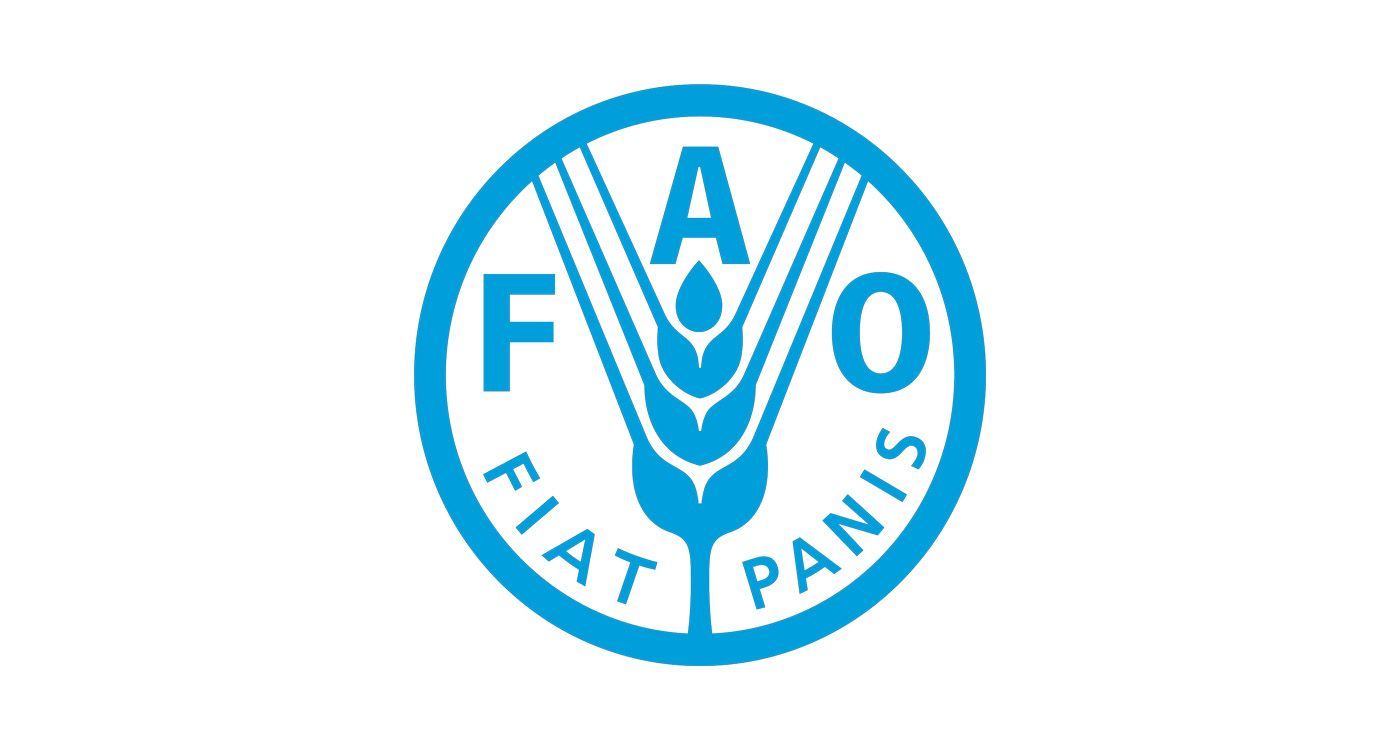
Over the past year, Lebanon’s agricultural sector has suffered massive losses estimated at more than $700 million, according to a joint assessment by the Food and Agriculture Organization (FAO), the Ministry of Agriculture, and the National Council for Scientific Research (CNRS).
A report by the FAO presents an initial overview of the damage sustained by the Lebanese agricultural sector between October 8, 2023, and November 27, 2024 — a period marked by the conflict between Hezbollah and Israel, which had severe economic repercussions.
Conducted as part of the DIEM-Impact (Data in Emergencies Impact) monitoring program, the study estimates direct damages at $118 million and overall economic losses at around $586 million.
The report focuses particularly on southern Lebanon and the Bekaa Valley — the two regions most heavily affected by the conflict. All agricultural sub-sectors were impacted: crop production, livestock, forestry, fishing, and aquaculture.
To revive the sector, the FAO estimates that $263 million will be needed, with an immediate priority of $95 million for the 2025–2026 period. The urgent needs include restarting farming and fishing activities, restocking livestock, replanting permanent crops, and rehabilitating infrastructure such as greenhouses, irrigation systems, and agricultural equipment.
Beyond reconstruction, the FAO recommends strengthening agricultural value chains, ensuring sustainable management of natural resources (water, energy, forests, fisheries), and modernizing farming practices.
The report highlights agriculture as a key driver for Lebanon’s economic and social recovery. The sector has the potential to play a central role in national resilience by creating sustainable jobs, supporting rural areas, and improving the country’s food security.
This preliminary assessment, carried out through the DIEM-Impact system, is based mainly on remotely collected data and available analyses from the reference period. It provides partial estimates that are likely to increase, as actual losses in the agricultural sector may exceed the reported figures.
The FAO’s DIEM-Impact system is designed to deliver fast, accurate, and up-to-date insights into the effects of major crises on agriculture and rural livelihoods. It combines various methodologies — field data, secondary sources, and satellite imagery — to support evidence-based humanitarian responses and recovery strategies.




Comments